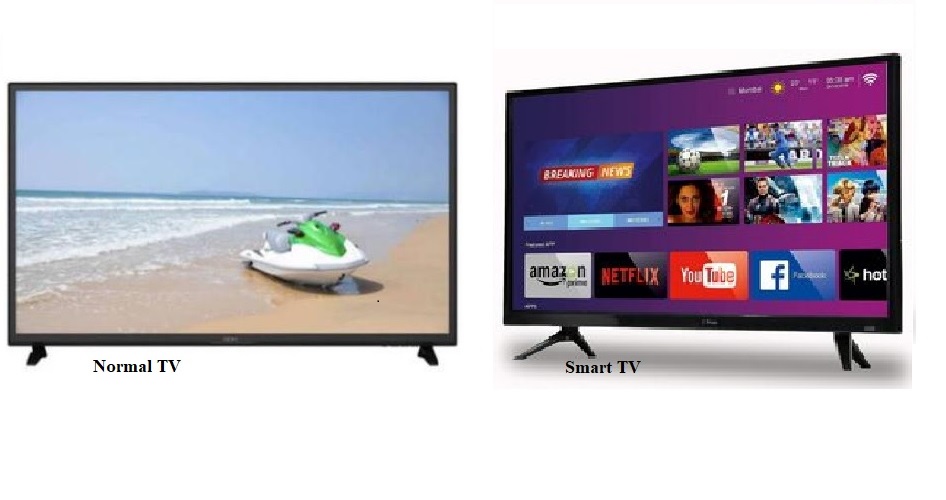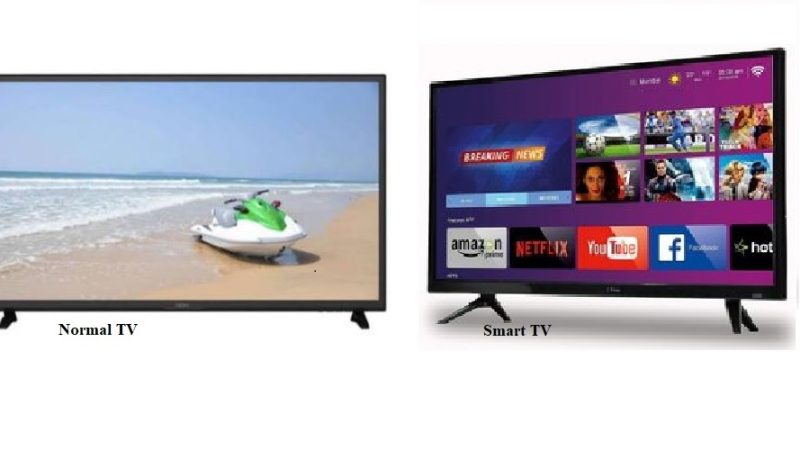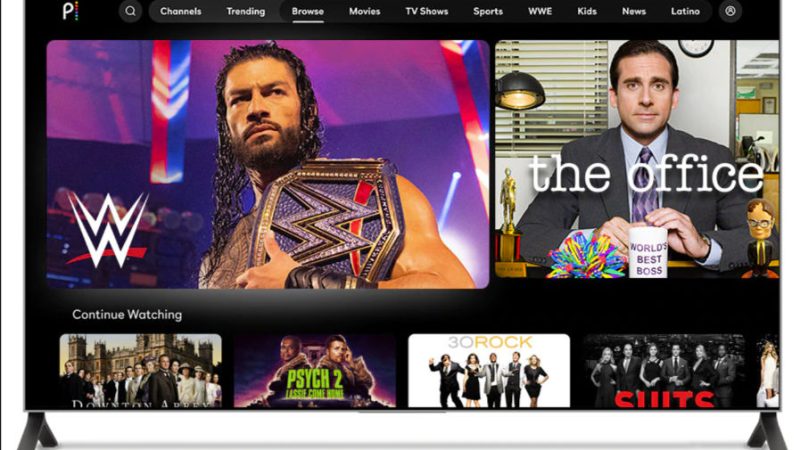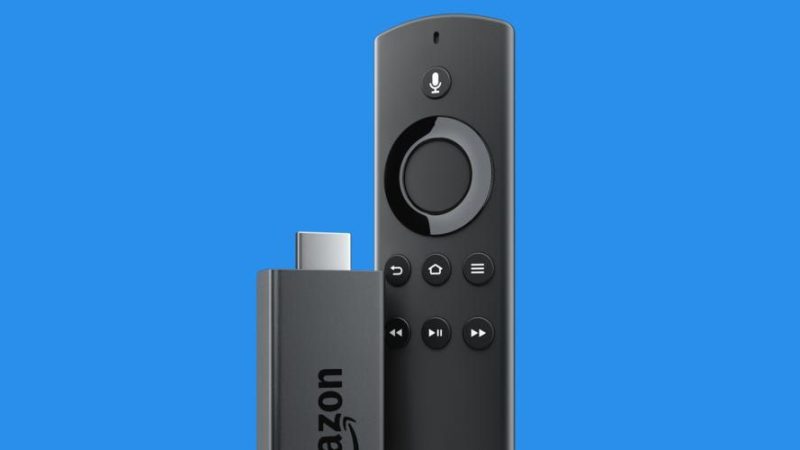What is the Difference between Smart tv and Regular tv

In an era where technological advancements redefine our entertainment experiences, the demarcation between a smart TV and a regular TV has become increasingly significant. While both devices serve the primary function of delivering audiovisual content, their capabilities, features, and connectivity options set them apart. Understanding these disparities can empower consumers to make informed decisions when investing in their next television set.
Definition and Basics:
Let’s start by defining the terms. A regular TV, often referred to as a traditional or basic television, is a display device that receives broadcast signals via an antenna, cable, or satellite connection. It typically offers limited functionalities beyond channel selection and volume control.
On the other hand, a smart TV integrates internet connectivity and advanced computing capabilities, enabling access to a variety of online services, streaming platforms, and interactive features. Essentially, it merges the functions of a television set with those of a computer, offering a broader range of entertainment options and functionalities.
Connectivity and Access to Content:
One of the most significant disparities between smart TVs and regular TVs lies in their connectivity options and access to content. While a regular TV relies on traditional broadcasting methods, a smart TV leverages internet connectivity to access a vast array of content streaming services, including Netflix, Hulu, Amazon Prime Video, YouTube, and more.
Smart TVs also often feature built-in Wi-Fi connectivity, allowing users to browse the web, access social media platforms, and stream content directly from their smartphones or tablets. This seamless integration with online services offers unparalleled convenience and flexibility, catering to the diverse preferences of modern consumers.
Interactive Features and Applications:
Smart TVs come equipped with various interactive features and applications that enhance the viewing experience. These may include voice recognition technology, gesture control, screen mirroring, and integrated smart assistants like Amazon Alexa or Google Assistant. Such functionalities enable users to navigate menus, search for content, and control their TV using simple voice commands or gestures, fostering a more intuitive and user-friendly interface.
Moreover, smart TVs often support a wide range of downloadable applications and games, transforming the television into a multifunctional entertainment hub. From streaming music services to fitness apps and educational content, the possibilities are virtually endless, catering to diverse interests and preferences.
User Interface and Navigation:
Another notable distinction between smart TVs and regular TVs is their user interface and navigation system. Smart TVs typically feature intuitive graphical interfaces that prioritize ease of use and accessibility. Menu layouts are designed to facilitate seamless navigation, allowing users to effortlessly switch between apps, adjust settings, and explore content libraries.
Regular TVs, on the other hand, tend to have simpler user interfaces with basic menu options for channel tuning, picture adjustments, and audio settings. While this simplicity may appeal to some users seeking a straightforward viewing experience, it may lack the sophistication and versatility offered by smart TV interfaces.
Cost Considerations and Value Proposition:
When considering the difference between smart TVs and regular TVs, cost is a crucial factor to weigh. Smart TVs often come with a higher price tag due to their advanced features, internet connectivity, and integrated technology. However, they offer exceptional value for consumers who prioritize access to online content, interactive features, and a broader range of entertainment options.
In contrast, regular TVs are generally more affordable and cater to individuals seeking a basic viewing experience without the bells and whistles of smart technology. While they may lack the advanced features and internet connectivity of smart TVs, they remain a viable option for budget-conscious consumers or those with simpler entertainment needs.
Conclusion:
The disparity between smart TVs and regular TVs extends beyond mere technological specifications to encompass a wide range of features, functionalities, and user experiences. While both devices serve the fundamental purpose of delivering audiovisual content, smart TVs offer a more immersive, interactive, and connected viewing experience, thanks to their internet connectivity, access to streaming services, and advanced features.
Ultimately, the choice between a smart TV and a regular TV boils down to individual preferences, budget considerations, and desired features. Whether you prioritize access to online content, interactive features, or simplicity, understanding the differences between these two types of televisions can empower you to make an informed decision that aligns with your entertainment needs and preferences.






